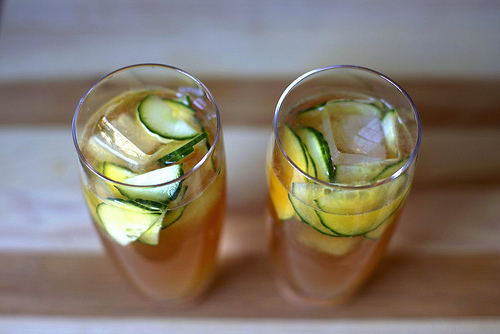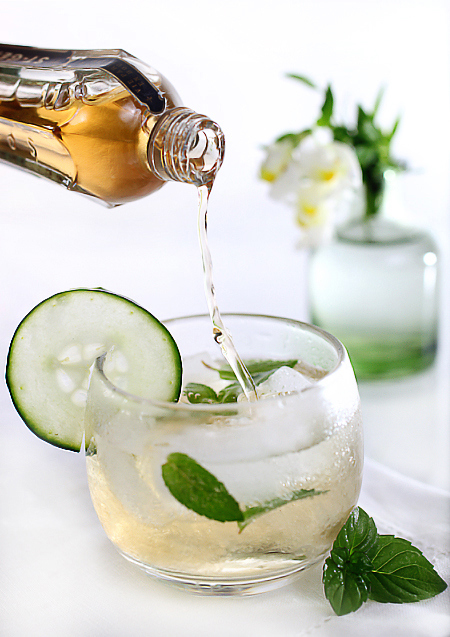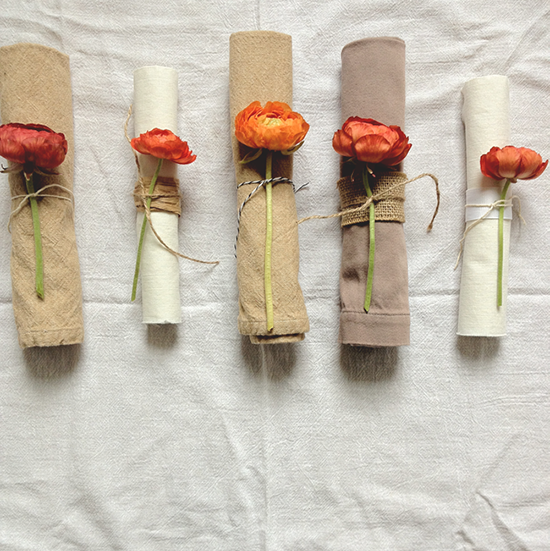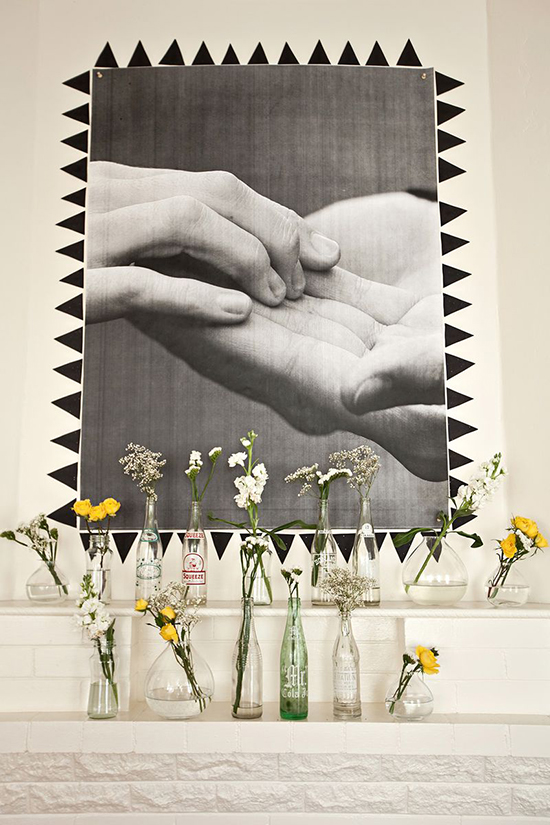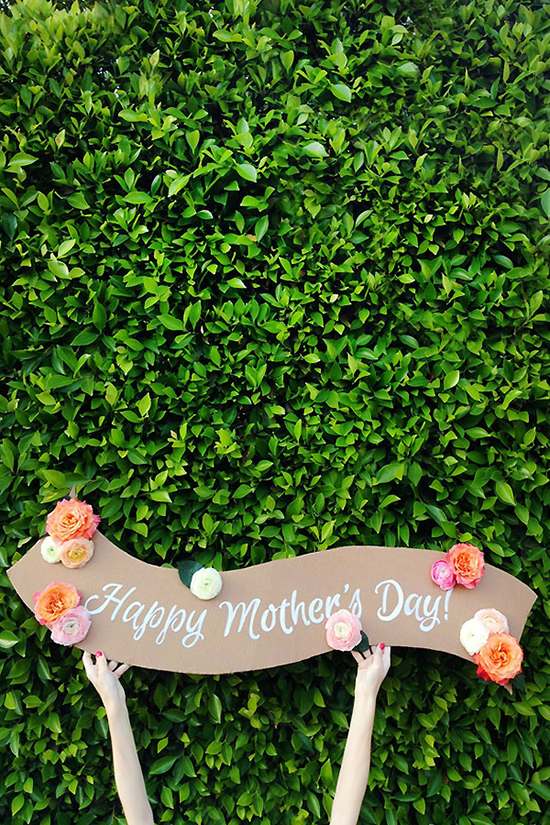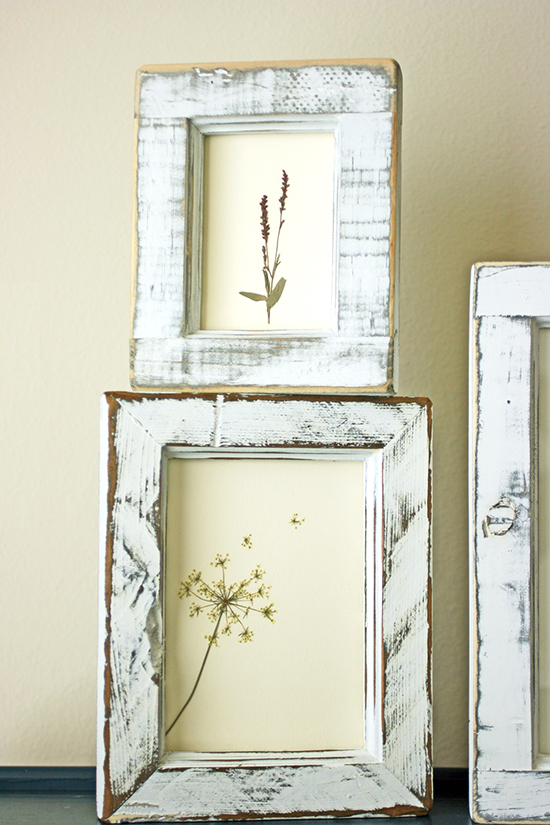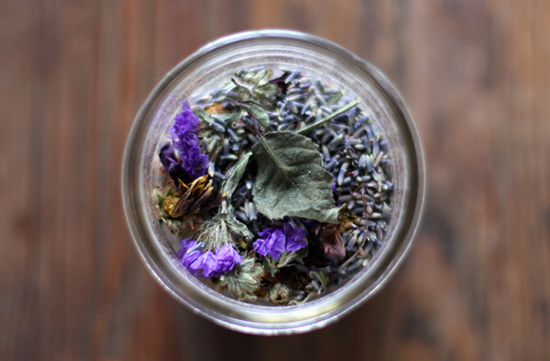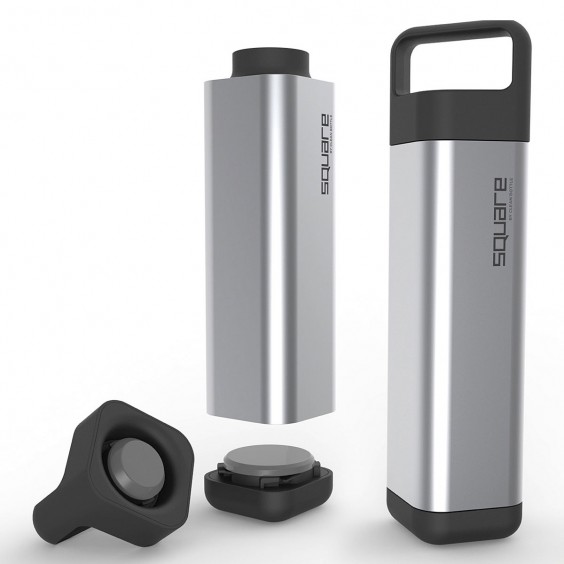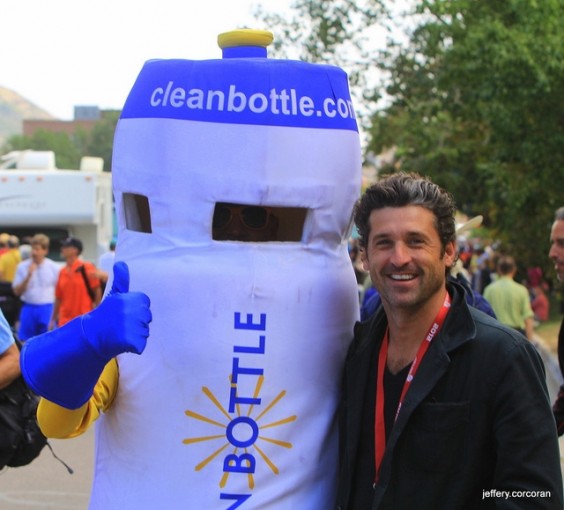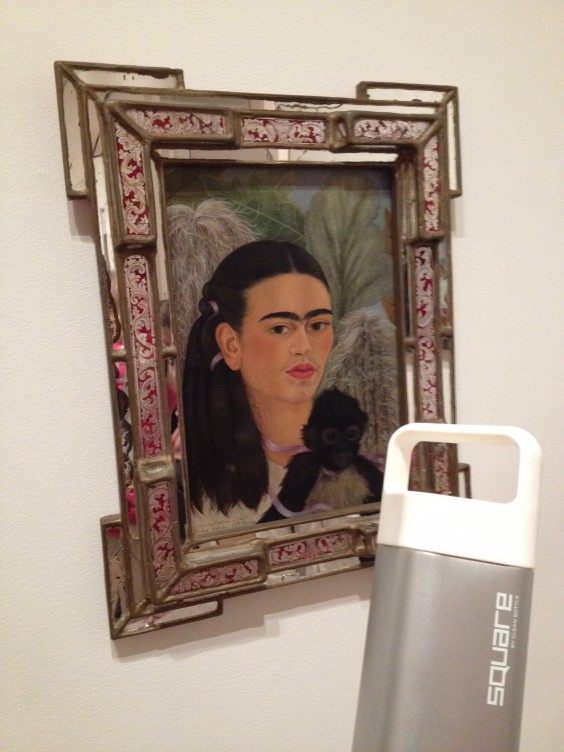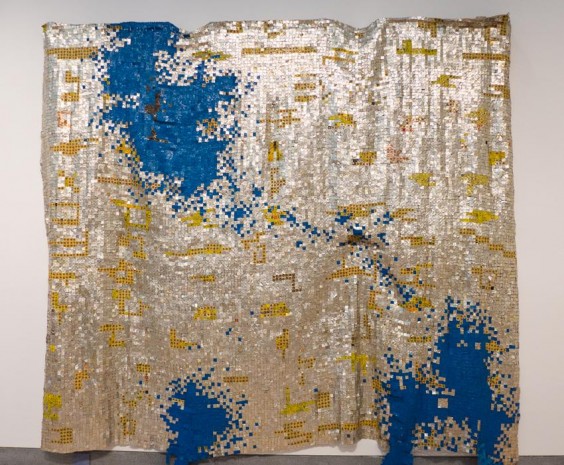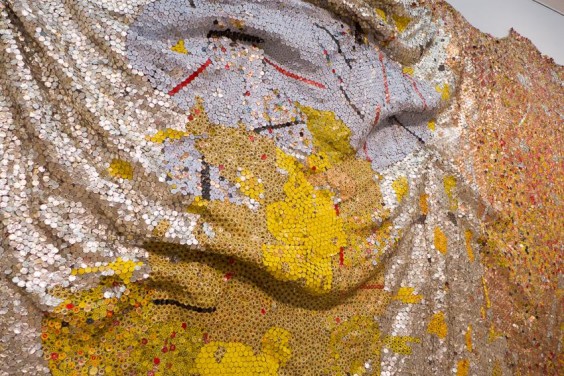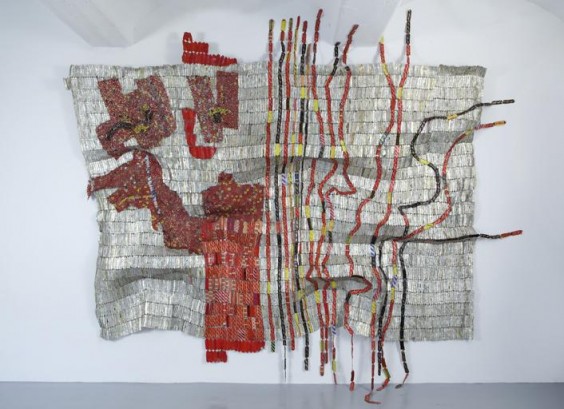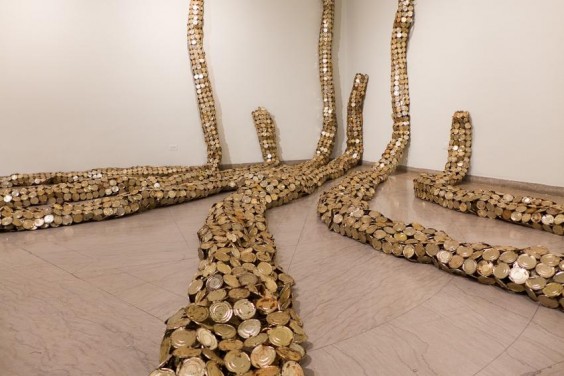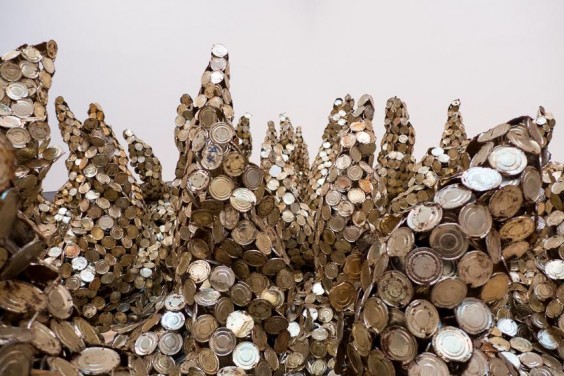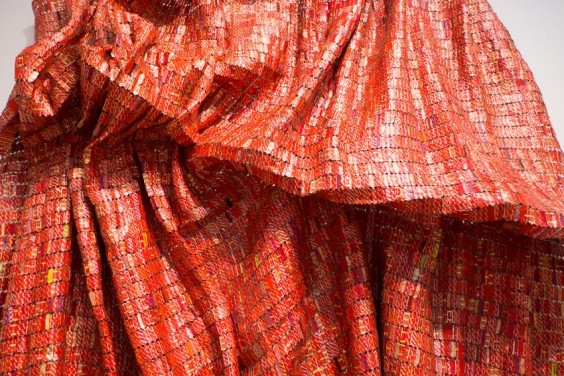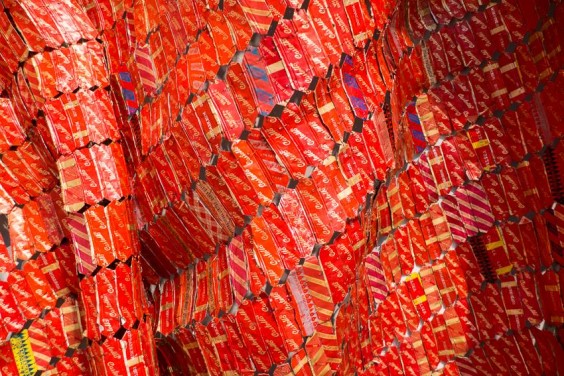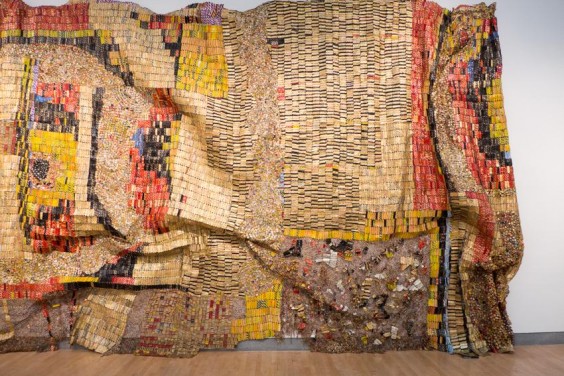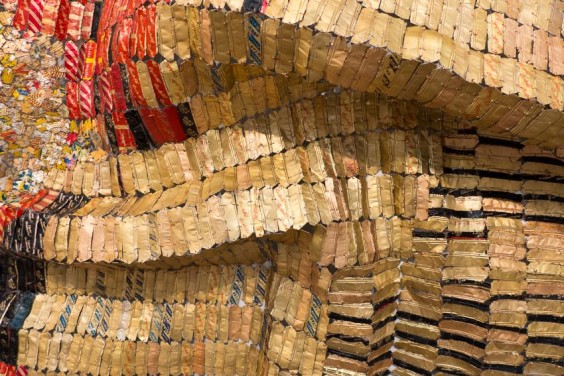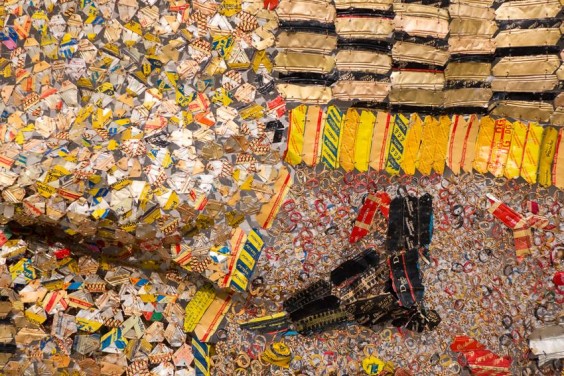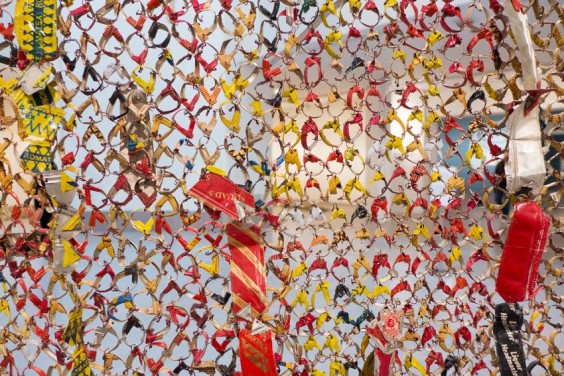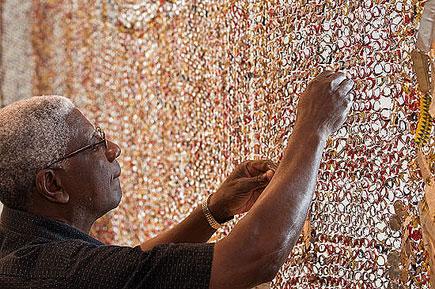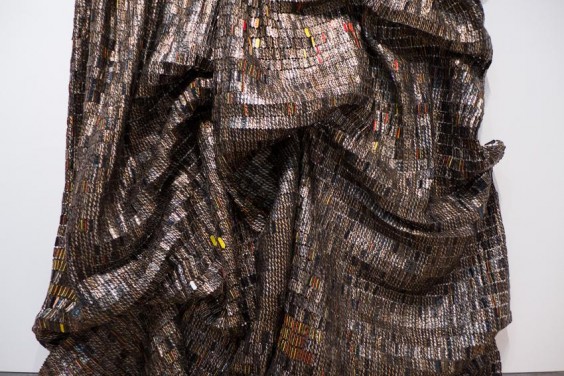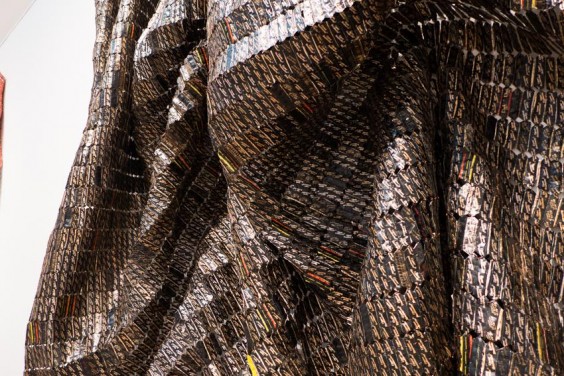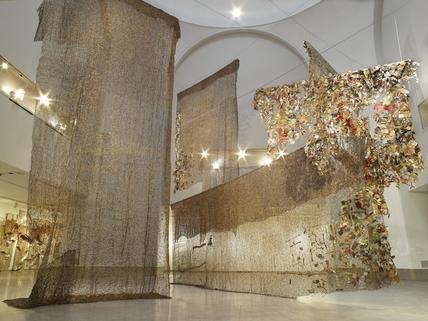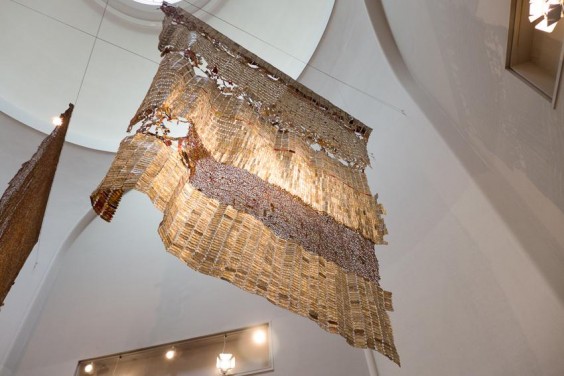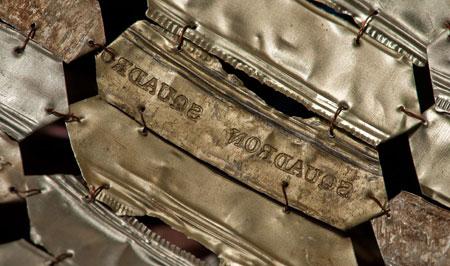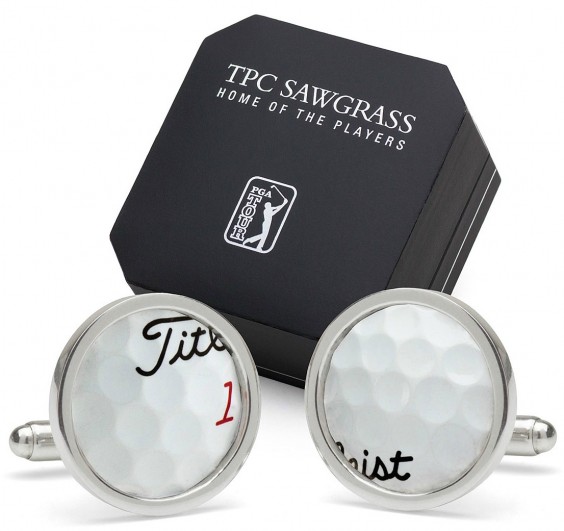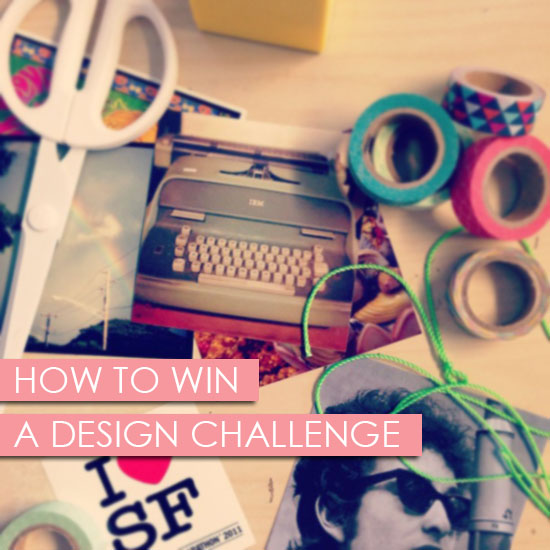After hibernating all winter I get excited for summer and opening my home to friends. I always find entertaining in warmer weather is so much easier. I can keep food simple and light. Decorating is as simple as putting out some flowers and pulling back the curtains. And I always have so much fun mixing drinks for my guests – chilling some beer and wine and setting out a festive cocktail in a vintage pitcher. This summer I plan on getting fancy with ingredients and have really been inspired by three elements – gin, flowers, and fruit. (Yes, I’ve been on Pinterest. Don’t judge.)
Gin
I’m not usually one for hard-liquor but I love ordering a gin cocktail when a glass of wine is uncool. It’s so old-fashioned and kind of classy, and there are really exciting new ways to spruce up some gin. Its juniper flavor blends well with a variety of fruits and botanicals.
Without question, my favorite drink on a sunny summer afternoon is a Pimm’s Cup stuffed with cucumbers, oranges, and mint leaves. A classic Pimm’s Cup recipe calls for gin, and this Smitten Kitchen recipe is speaking my language.
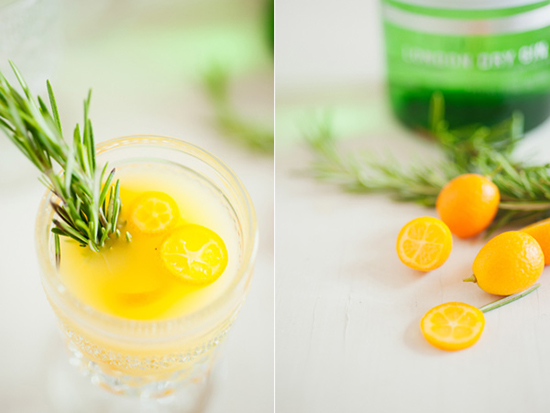 It’s easy to combine fruit and herbs in a gin cocktail. It might sounds strange, but trust me – delish! You can even get a little crazy and use kumquats like in this recipe for a Citrus Rosemary cocktail on Ruffled.
It’s easy to combine fruit and herbs in a gin cocktail. It might sounds strange, but trust me – delish! You can even get a little crazy and use kumquats like in this recipe for a Citrus Rosemary cocktail on Ruffled.
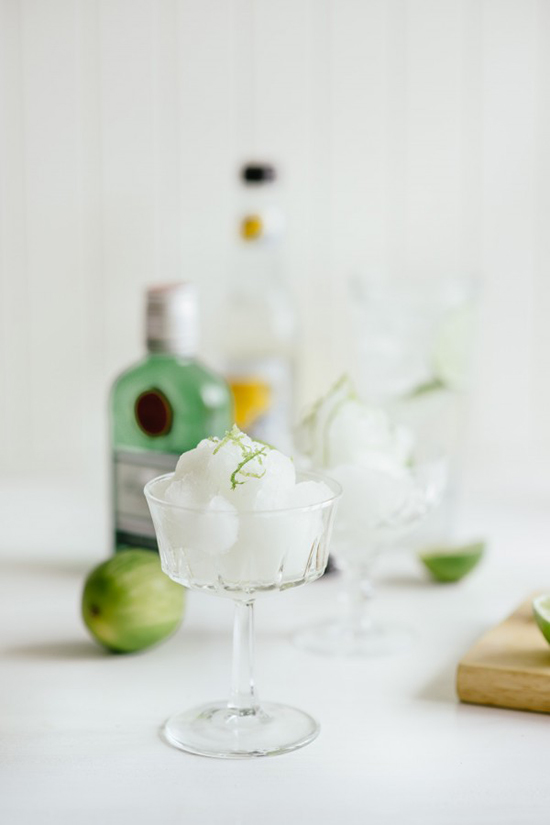 Still in the mood for a plain old gin & tonic? There’s nothing boring about this boozy sorbet recipe by Peter Georgakopoulos on The Boys Club.
Still in the mood for a plain old gin & tonic? There’s nothing boring about this boozy sorbet recipe by Peter Georgakopoulos on The Boys Club.
Heck, the DIYer in me might even take to making my own gin this summer!
Florals
Flowers. In your drink. On your table, in your hair, and yes, in your drink. Floral flavors are becoming increasingly popular as French macarons make their rounds and it was only a matter of time until they were mulled and infused in simple syrups and mixed into our drinks.
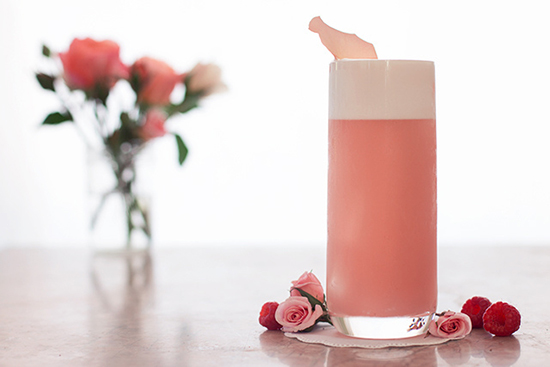 This Raspberry Rose Fizz by Joy the Baker is almost too pretty to drink. Almost.
This Raspberry Rose Fizz by Joy the Baker is almost too pretty to drink. Almost.
This video of Bree from Design.Love.Fest makes me want to run out and get a bottle of crème de violette to recreate this lemon violet drink.
Fruit
This one is a no-brainer. Summer is ripe with citrus, berries, and melons and any drink would be remiss without one. But think beyond the garnish and incorporate fruit within your drinks for a refreshing treat.
Sangria is always popular, and my personal favorite is a white blend with tart Granny Smith apple chunks and citrus. But my girl Martha (we’re old friends) makes hers with summer peaches. Perfection.
Just like Picasso went through a Blue Period, I am at the height of my St Germain’s Period. It’s great in margaritas, martinis, or simply mixed with Prosecco and cucumber in this recipe from Zested.
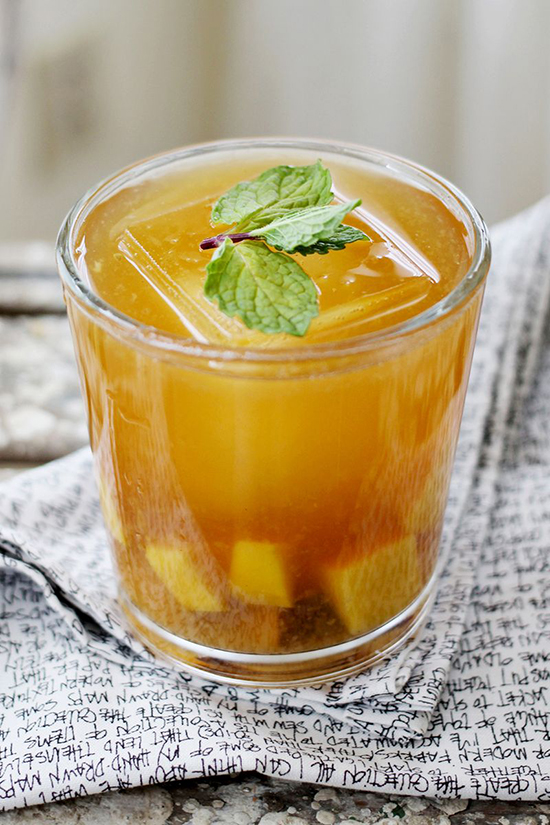 And would it be summer without some sweet tea? This Mango and Sweet Tea cocktail by Emma of A Beautiful Mess is only missing one thing – a porch swing.
And would it be summer without some sweet tea? This Mango and Sweet Tea cocktail by Emma of A Beautiful Mess is only missing one thing – a porch swing.
Head on over to our Wine, Beer, and Spirits Pinterest board for more bartending ideas. What are some of your favorite summer cocktails?

